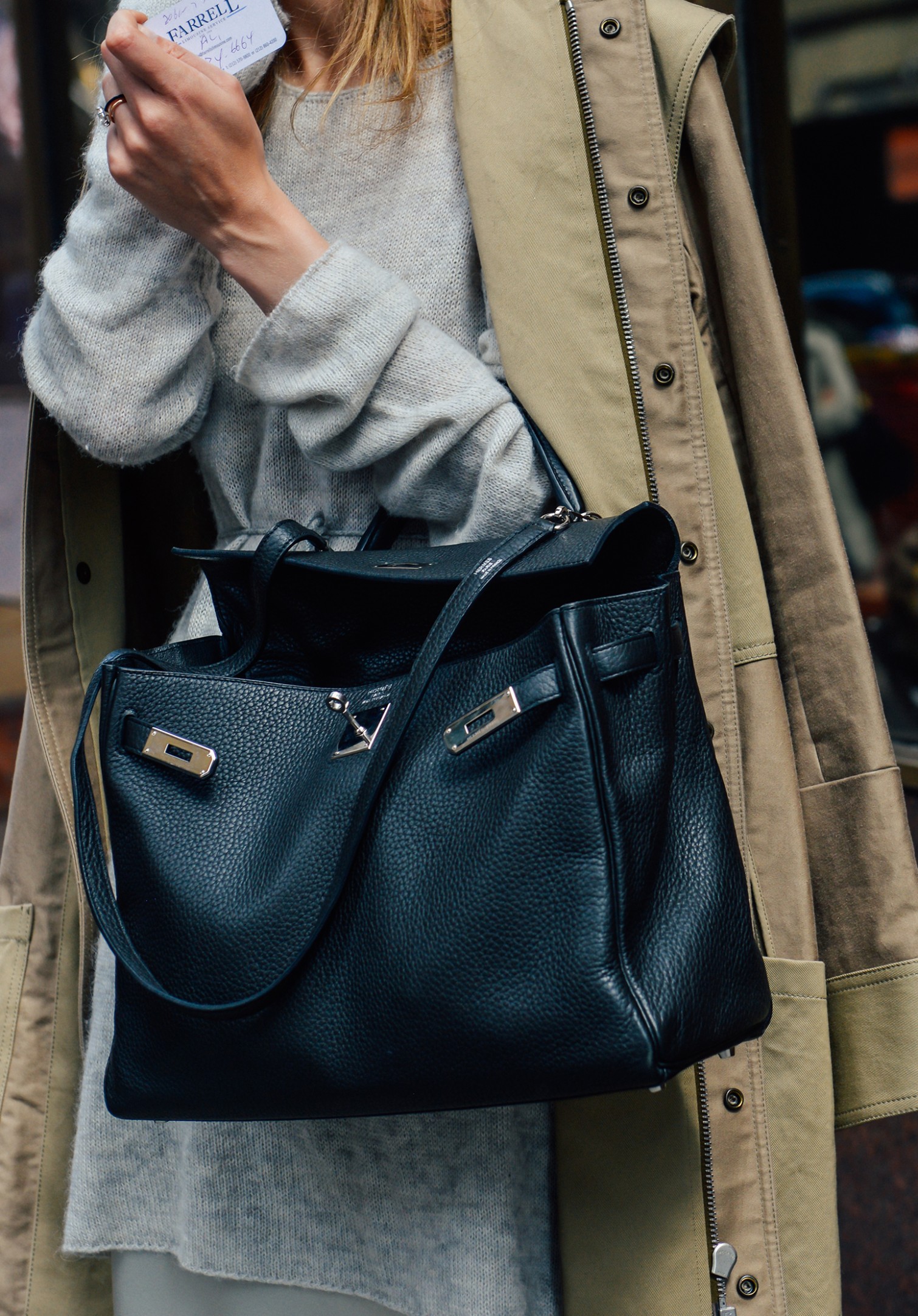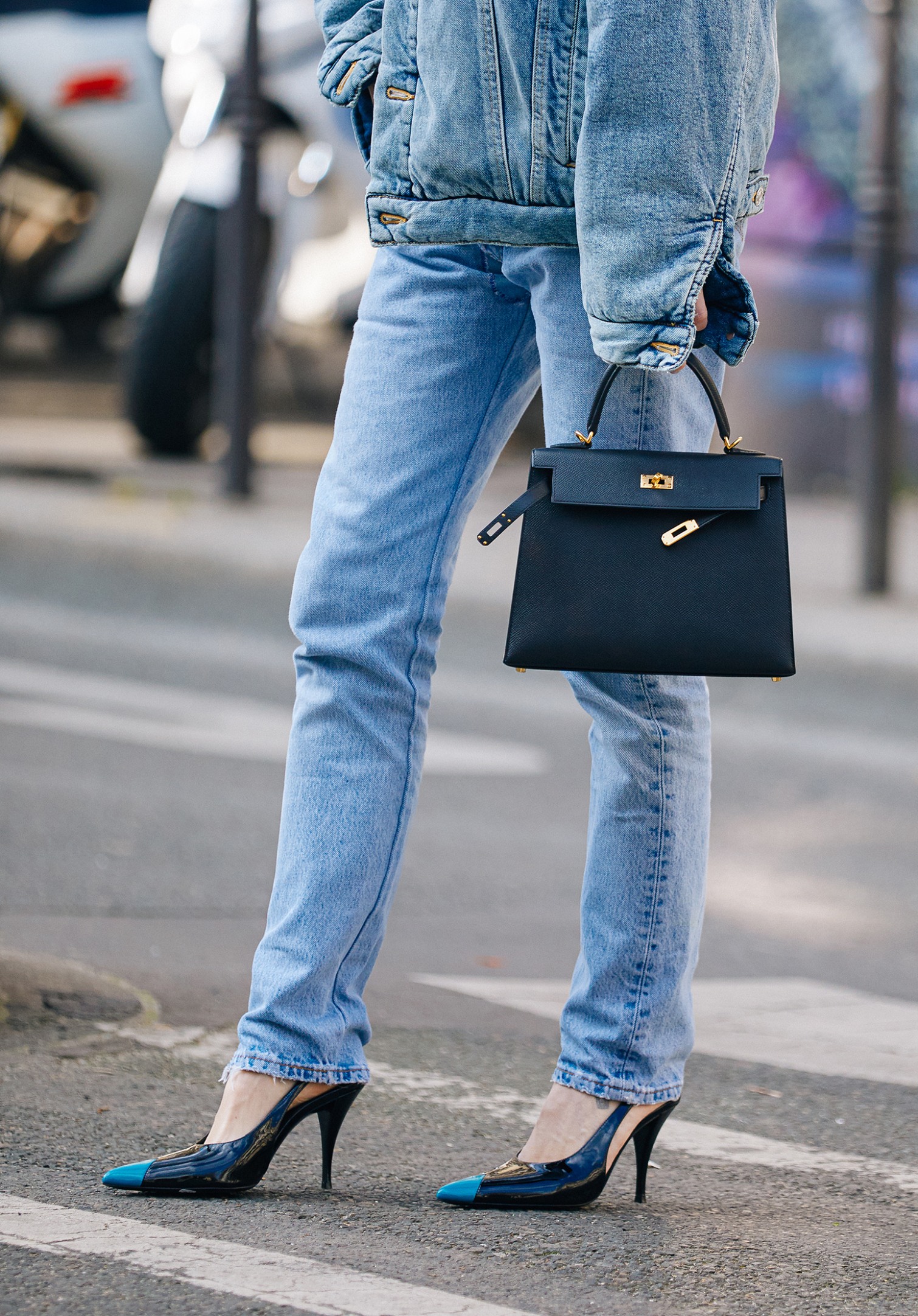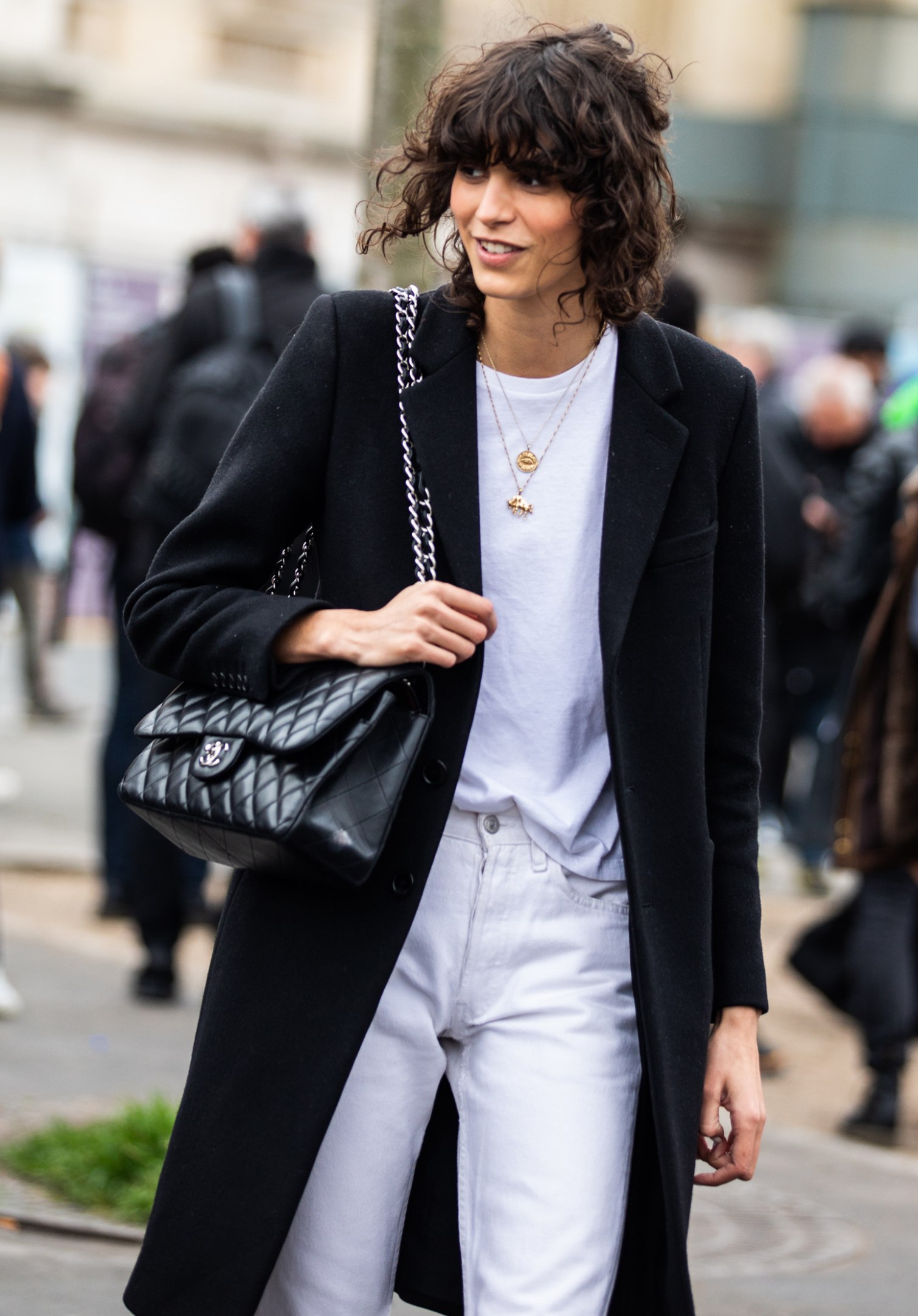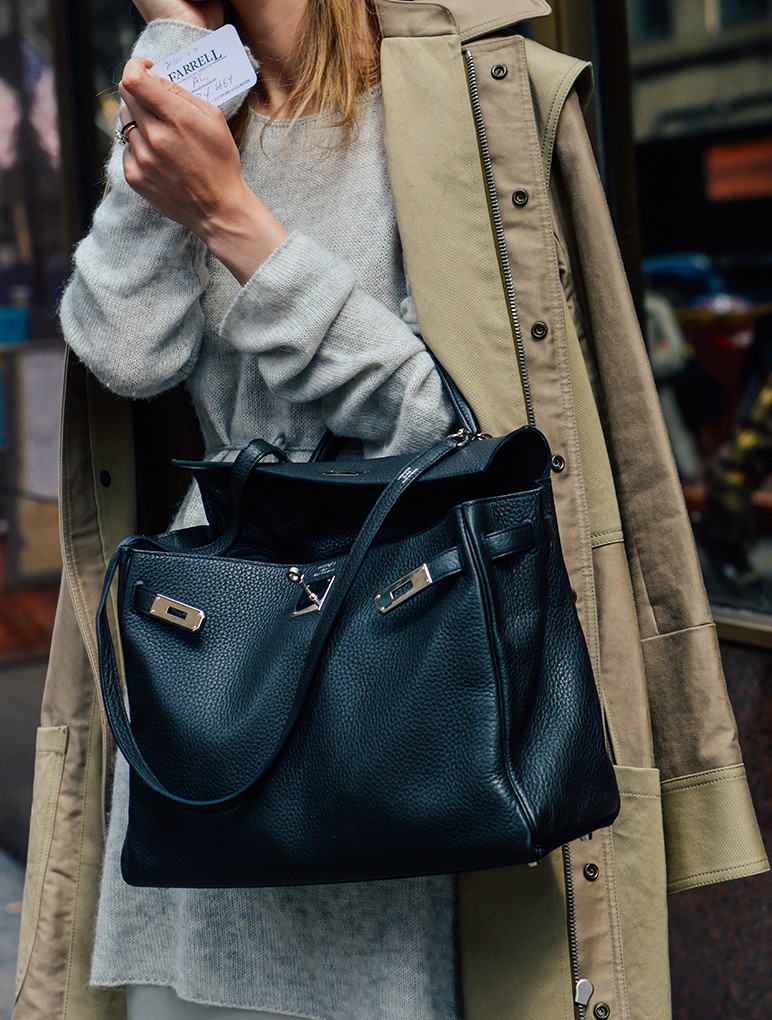WRITTEN BY ROXANNE ROBINSON
Somewhere in the mid-1980s, fat-free became the mantra for healthy eating. Entenmann’s cakes labeled sans gras flew off grocery store shelves throughout the 90s, as the trend became a marketing ploy. But consumers were taking in increased sugar levels added to compensate for the taste when removing fat, thereby increasing girth and a propensity toward diabetes, which began to skyrocket in the U.S. The thinking was that if it were healthier, you could consume more. On the other hand, why not just eat less of the “good stuff?”
Whether aware of this or not, consumers are finding themselves in a similar situation regarding trends toward sustainable fashion, which is increasingly becoming a dubious moniker. As sustainability moves from a novel concept to the norm, the idea of investing in the “good stuff” and keeping it circular may well surpass producing mountains of goods that qualify as sustainable. LVR Magazine spoke to several fashion industry professionals to gain insight into the pros of investment dressing and circularity.
NOT SO Fast Fashion
Buying pre-owned luxury goods or renting clothes took off in the 2010s with names like The Real Real, Rent the Runway and Vestiaire Collective. It’s showing no signs of stopping either, with a McKinsey report predicting that luxury and premium resale will double, to between $65 billion and $100 billion, by 2030. Fanny Moizant, co-founder and president of Vestiaire Collective, recalls the pressing issue in 2009, when the pre-owned fashion site launched.
“Back then, we were speaking about massive clothing waste. We didn’t use the word ‘sustainability,’” the executive says. She was keenly aware of the changing mindset of fashion customers, comparing the habits of her mother’s generation, who were more likely to invest in a quality piece that could be passed down to the next generation. But that generation was consumed by disposable, trendy, fast fashion. “I saw the output of this behavior, and we wanted to find a solution to fix this consumption with the intent to have a long-term effect of slowing down the pace of the industry and flip the low-quality-high-quantity model,” she observes. The aim was not to do as their mothers did, but to find a solution that would responsibly allow for discovering and enjoying fashion.
Vestiaire Collective mainly focuses on luxury and designer goods, but also looks at desirable fast fashion, which may, for instance, be a rare collaboration item. In 2001, the company earned B Corp status, which recognizes businesses that meet the highest standards of verified social and environmental performance, public transparency and legal accountability. “It’s our mission to make sure even fast fashion has a longer life,” she points out.

We wanted to find a solution to fix this consumption with the intent to have a long-term effect of slowing down the pace of the industry and flip the low-quality-high-quantity model.
Laura Gabriele of Prête, a new upscale clothing rental marketplace based in Paris, tends to agree. “The goal of Prête is to change the way people consume fashion, keeping in mind it had to be done differently, but not enough to compromise our love for fashion,” she explains to LVR Magazine.
She and business partner Aurore Courtois have luxury backgrounds. Gabriele was Director of Brand & Communications + Head of Private Client Events & Experiences for LVMH e-commerce destination 24Sevres, and Courtois was a CRM specialist at LVMH who previously worked for Vestiaire Collective.
“We benefit by understanding why our users come to us, whether it’s financially-driven, environmentally-driven or a new value system to stop consuming fast fashion,” Gabrielle explains. “Prête provides a fun and sensible alternative to the 4 p.m. Friday dash to Zara for a 50-euro fashion fix. Our greatest ambition is for rental to replace fast fashion.”
Brands ON BOARD
A lot has changed since Vestiaire Collective launched 13 years ago. “In the early days, the brands used to think we were the enemy and didn’t even look at us as part of the ecosystem,” Moizant recalls. “Slowly, through the years, they became open to discuss and invest, as Kering did a year ago.”
Moizant says the site has also partnered with brands including Alexander McQueen and My Theresa to work on buy-back programs, which provide incentives to clients, brands and the resale platform. “The brands recognized that the waste issue needs to be solved and that clients were both first-hand and second-hand buyers and sellers.
Most recently, Vestiaire Collective has partnered with LuisaViaRoma on a buy-back program.
The partnership will resemble the MyTheresa model where clients can digitally submit pieces to be re-sold. Once accepted, received and verified, the customer receives compensation via a LuisaViaRoma gift card.
Moizant said they aim to encourage the practice. “We’re going to keep amplifying the voice of resale as a crucial part of achieving a more sustainable fashion system. And we’ll continue partnering and fighting side-by-side with brands and retailers, encouraging their customers to embrace circular fashion by reselling pieces they no longer wear.”
Gabriele has also seen brands’ attitudes shift. “Brands work with us for various reasons: circularity, clothing end-of-life solutions and marketing,” she notes. The marketing component has become a boon for all involved, as brands like Nour Hammour and Nué Studio were trying to penetrate the French market and tap into a new consumer base. “Now, consumers are proud to rent—and post about their rentals, providing free brand awareness beyond the platform.” Prête works on a consignment basis and takes a commission of each rental. “It seemed essential to get brands on board early and get them excited. It was hypocritical to launch Prête without them. We don’t replace buying, but make it smarter. We supplement the customer base because anyone who wants to buy full-price will.”
New York-based retail consultant Robert Burke agrees. He observed brands recoiling from the concept of Rent The Runway and The Real Real when they were novel, seeing them as a threat. “Big brands are getting used to it and realizing it wasn’t the worst thing to have someone want your pre-owned, pre-used goods,” he says of the current shift. The payoff is building brand loyalty and a new consumer.
EDUCATING The New Consumer
Part of Vestiaire’s approach has been to teach users—which, with its recent acquisition of Tradesy, now include more than 23 million—to level up via resale. “We try to encourage the first-hand buyer of Sandro, for example, to move up the fashion food chain by buying second-hand. This choice has less impact on the environment and can return to that ecosystem once they are done with it,” Moizant explains.
Gabriele found Millennials took to the rental platform with little need for cajoling. “Plenty of users could afford to buy the item but want to consume smarter, without compromising taste. When you reframe the question ‘would you buy this?’ to ‘would you wear this?,’ there’s no limit if it’s the right product and rental price.”
Gen Z is a different animal. They devour the pre-owned market like predators hunting for that stellar find. When asked, a Gen Z fashion lover will cite finding something unique and with a designer name and generally from the eras toward which they gravitate: the Nineties and the Aughts. “This generation is super-savvy about how they shop. They don’t care where it comes from. They love the thrill of the hunt,” says Gabriele. She feels they innately have a strong sense of value toward consumption, cost-per-wear and product value.
We try to encourage the first-hand buyer of Sandro, for example, to move up the fashion food chain by buying second-hand. This choice has less impact on the environment and can return to that ecosystem once they are done with it.
They differ, however, from the Millennial generation raised on access culture. Using Uber and Netflix as barometers, rental fits into their mindset. But Gen Z, Gabriele maintains, operates like collectors. “They like to own their collection, but they resell a lot.”
Burke offers that the young consumer is well-versed in authenticity. “They are extremely well-researched and quick to call out fakes,” he says, using an example with Shein, the Chinese fast-fashion retailer that claimed to be selling sustainable fabrics when only 64 dresses of 52,000 were found to be made from recycled polyester. The EU is also quick to identify unfounded eco-conscious claims and recently announced a series of measures that take aim at fast fashion, including blacklisting companies that routinely greenwash. Greenwashing is a deceptive business practice in which a company makes false claims that its products and/or operations are environmentally friendly.

ECO Friends
Keeping clothes in circulation longer through rentals and resale isn’t the only way companies like Vestiaire Collective and Prête contribute to conscious environmental practices. Last September, Vestiaire became the first certified reseller, receiving praise, especially for its workers and governance areas. Moizant cites a statistic that buying a second-hand handbag, for instance, saves 90 percent of its environmental impact. They also introduced an option for goods under a specific price point to forgo the certification step, thus allowing a package to go straight from seller to buyer, reducing additional legs of shipping and their related environmental impacts.
Gabriele also recognized the irony of shipping goods worldwide while trying to be eco-friendly. Currently, Prête operates in Paris (rentals are transacted on Instagram and soon-to-be on WhatsApp) with local bike couriers. Expansion to other markets will follow the model.
Andrew Weitz is a Los Angeles-based Hollywood agent-turned-style strategist who works with image-heavy power career men—the likes of Hollywood moguls, tech and finance execs and Tom Brady. Not only does he train these men on the impact of style on their professional and personal lives, but he also informs them about the impact of the clothes.
“If you get rid of it, where does it go? I am big on charity, donations and TheRealReal, new to some of my clients. I encourage them to practice circularity,” says Weitz.
Buying a second-hand handbag, for instance, saves 90 percent of its environmental impact.
To INVEST is Best
Weitz’s clients typically buy premium brands like Zegna, Loro Piana, Tom Ford, Isaia and Brioni. “I’m about investment versus expense. The investment will always pay you back; An expense goes out the door with nothing back, no long-term benefit,” he explains. “Nothing lasts a lifetime, but I steer my clients toward a wardrobe of 90 percent classics and essentials to last about five years.”
According to Gabriele, renting reveals the longevity of a piece as it shows what holds up over time. “So far, we have lost zero percent of inventory to damage or wear-and-tear through rental rotation,” she noted.
Burke has seen the attitudes of younger consumers evolve. He sees mainly in his staff that Millennials would rather save up for a designer resale bag than buy multiple new bags of lesser quality. “I saw a substantial shift about five or six years ago. These consumers didn’t want fast fashion, or to buy contemporary as much as they wanted to buy designer,” he recalls.
He attributes some of this to the sustainability movement and, more recently, the effects of the pandemic. “Often, it’s a sales pitch more than authenticity and being environmental advocates. It’s selling the product more than saving the planet,” he opines.
I’m about investment versus expense. The investment will always pay you back; An expense goes out the door with nothing back, no long-term benefit, “he explains”. Nothing lasts a lifetime, but I steer my clients toward a wardrobe of 90 percent classics and essentials to last about five years.

“There is more of a trend of buying high quality with longevity, and it’s been well-documented lately. COVID-19 accelerated weaknesses and strengths and accentuated cracks in fast fashion, and [those makers] are suffering because of it. The consumer also changed because, during COVID, they had time to look for something. They bought something that felt timeless and like more of an investment.” He backs this notion of buying fewer things that last by observing luxury companies like Hermès, Chanel and others experiencing record business in 2020 and 2021.
Both Gabriele and Moizant firmly insist that renting or resale doesn’t signify the end of new purchases. “We need both at the end of the day.” says Gabriele “Resale is an additional step in the fashion chain that didn’t exist before to address the end-of-life phase.”
There is more of a trend of buying high quality with longevity, and it’s been well-documented lately. COVID-19 accelerated weaknesses and strengths and accentuated cracks in fast fashion, and [those makers] are suffering because of it. The consumer also changed because, during COVID, they had time to look for something. They bought something that felt timeless and like more of an investment.
She finds it akin to the car market. “It’s exactly like the automobile industry. You buy first-hand or second-hand, according to your needs. What do I need it for? You have the resale in mind with a first-hand car. It’s the same for fashion,” she says. She points out that used car sales have eclipsed the sale of new ones in the U.S. in some cases.
“It’s a very rare product that lasts 100 years. At some point, they do need an end-of-life,” adds Moizant. “We aim for a leaner fashion chain, so every piece of the puzzle plays a role.”

